|
|
|
The largest natural structure on earth - Great Barrier Reef
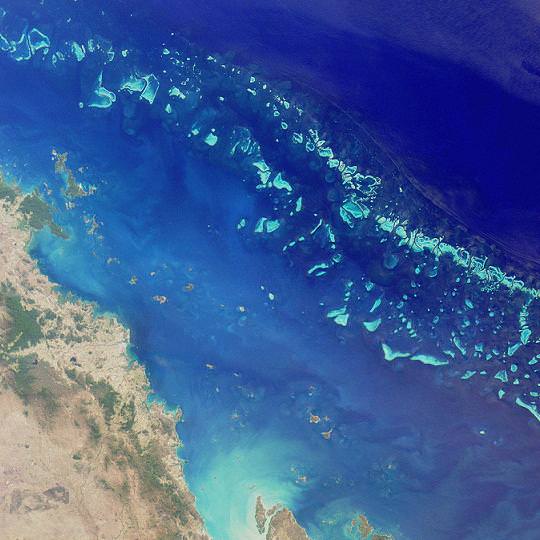
|
Located off the eastern coast of Australia, the size of the Great
Barrier Reef is 344,400 sqkm (133,000 sqmi). It is the world’s
largest coral reef, and is visible from space!
|
The largest natural formation - Grand Canyon
|
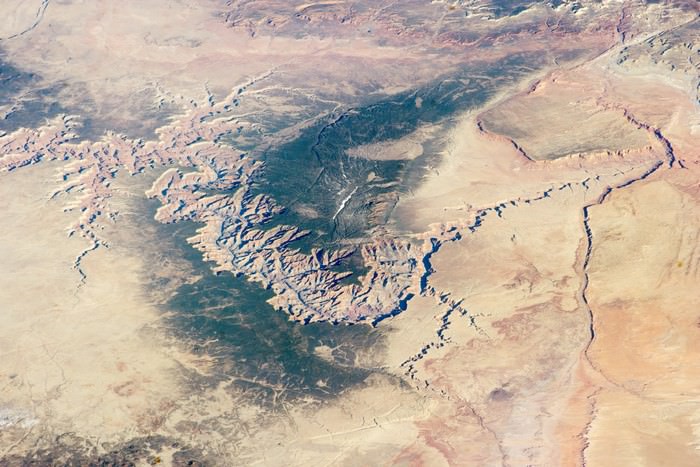
|
Formed by the Colorado River for millions of years, the Grand
Canyon is 446 km (277 mi) long.
|
The largest man-made structure – The Great Wall of China
|
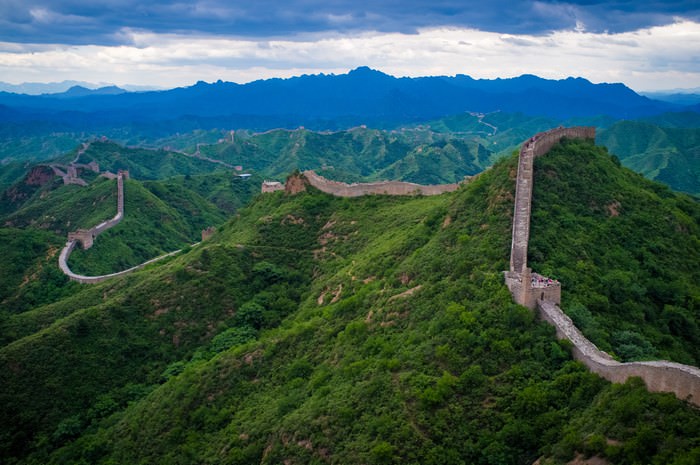
|
The Chinese started building defensive walls to ward off Mongolian
incursions as early as the 8th-century B.C.E. During the Qin
dynasty reign, Emperor Qin Shi Huang ordered the building of a
wall, connecting all the previously-built fortifications. This
was the earliest incarnation of the Great Wall. The wall was
extended and fortified to the size we know today by the Mind
dynasty in the 14th-century C.E. It is 8,850 km (5,500 mi) long and
is not visible from space.
|
The highest point on Earth – Mt. Everest
|
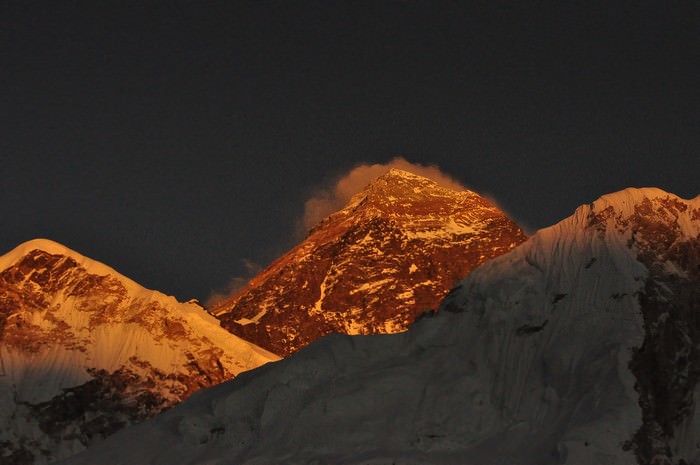
|
|
|
The tallest man-made building – Burj Khalifa
|
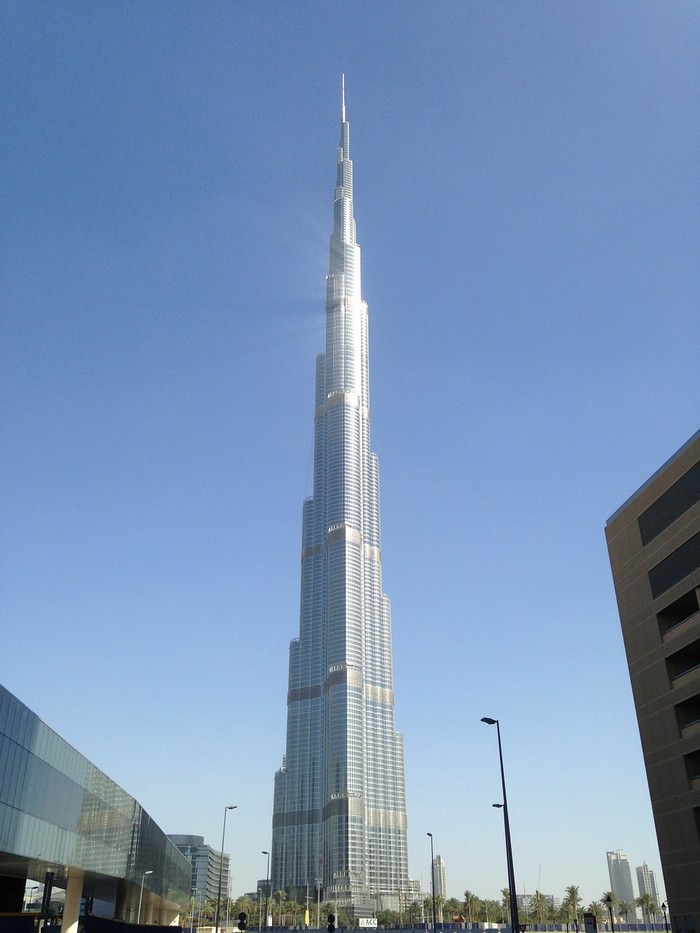
|
Standing at 829.8 m (2,722 ft.), the world’s tallest building
is located in Dubai.
|
Largest tree – Giant Redwood
|

|
Endemic to North America, the tallest tree (called “Hyperion”) is a
115.55 meters (379.1 ft.) Giant Sequoia. These trees are also some
of the oldest living creatures in the world, with the oldest one
estimated at over 3,500 years old.
|
Largest living animal – Blue Whale
|
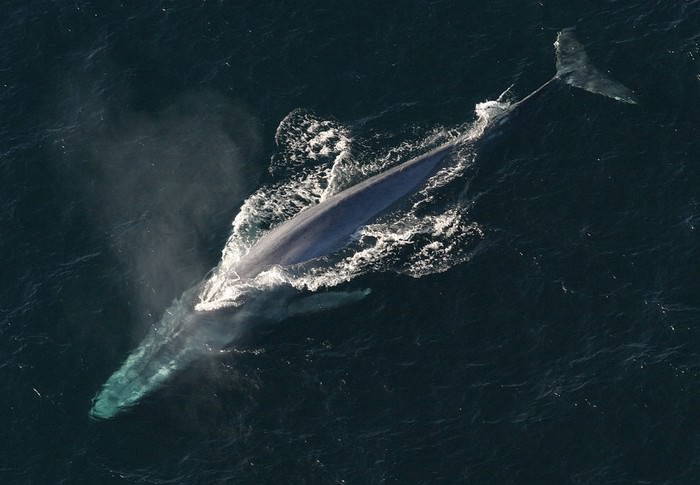
|
The Blue Whale is the largest living animal, with a length of 30
meters (98 ft.). These giants of the deep eat krill (tiny
kind of shrimp-like crustaceans).
|
Largest land animal – African Elephant
|
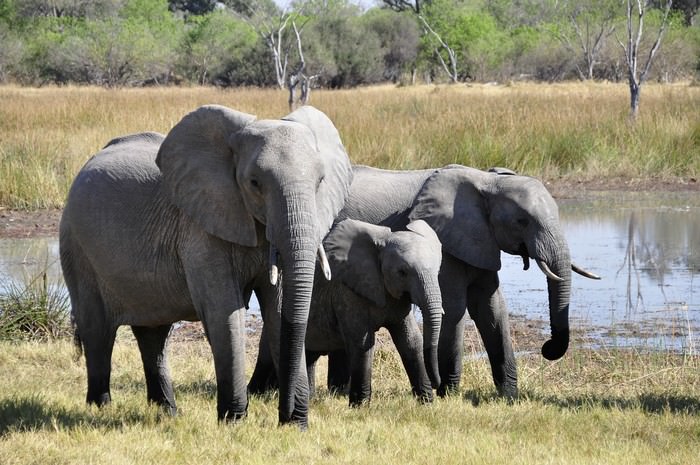
|
The bull African Bush Elephant can reach a size of 5 meters
(16 ft.) and weigh as much as 6,048 kg (13,330 lb).
|
Humans
|
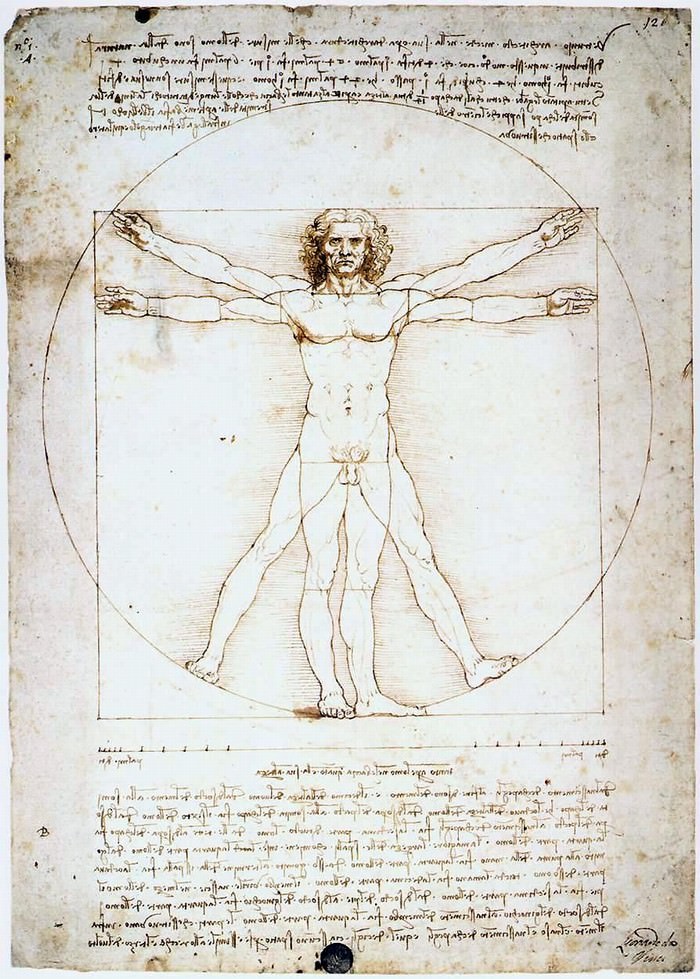
|
Us, the dominant species on Earth. Humans have an average size
of 1.7 meters (5.5 ft.)
|
Smallest mammal - Etruscan shrew
|
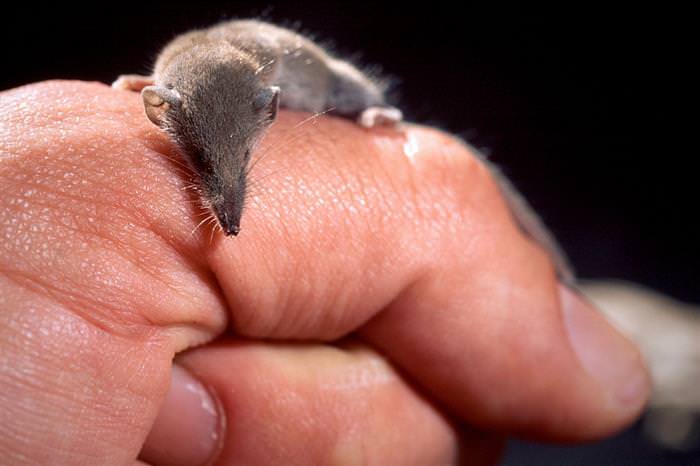
|
These tiny rodents are the smallest mammals, reaching a
size of 4 cm (1.6 in).
|
Smallest Ant – Pharaoh Ant
|
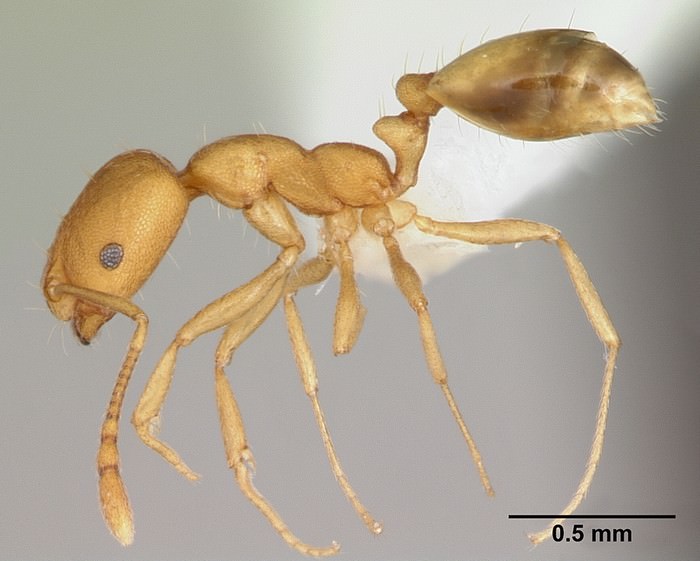
|
Their size is a mere 2 millimeters (0.07 in)
|
Smallest animal - Stygotantulus stocki
|
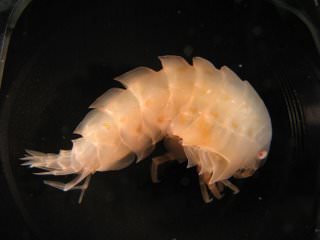
|
This tiny crustacean is smaller than 0.1 millimeters (0.004 in). Y
ou can fit more than 20 of these on the world’s smallest ant…
|
A single human hair
|

|
Seen here at x200 magnification, the width of human hair is just
100 micrometers (0.003 in) and are some of the smallest things
still visible to the naked eye.
|
Human skin cell
|

|
At 35 micrometers (0.001 in), these tiny cells cover every
inch of our body, protecting us from disease and external damage.
|
Red blood cell
|
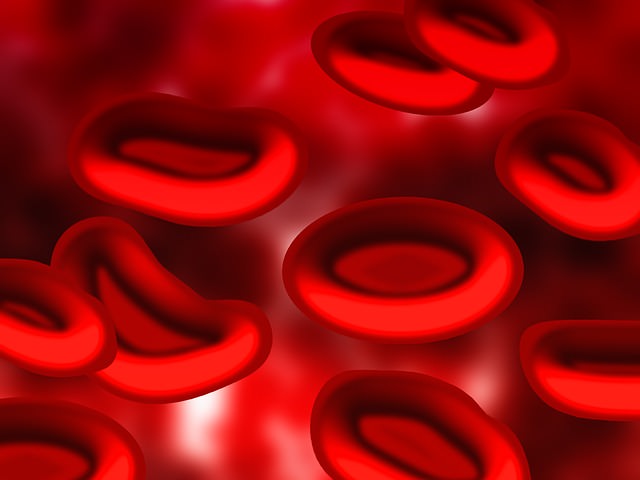
|
These beauties keep us alive by transporting oxygen to all of
our organs and removing CO2. The size of a human blood cell is
7 micrometers.
|
Largest Virus - Megavirus
|

|
This nasty piece of work is just 440 nanometers in size.
15 of these bad boys can comfortably ride a red
blood cell…
|
Smallest Virus -Porcine circovirus
|
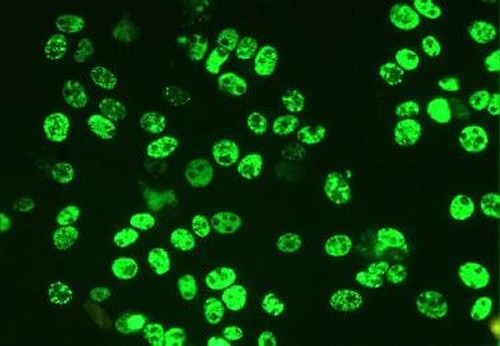
|
This tiny terror’s size is barely 17 nanometers.
|
Carbon nanotubes
|

|
Measuring 1 nanometer in width, these tiny tubes are considered
to be the next “miracle material”, thanks to their durability,
conductivity and strength.
|
Water molecule
|

|
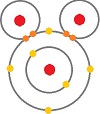 | H2O (Hydrogen Dioxide) – 1 Hydrogen atom bonds
with 2 Oxygen atoms, and that is how water is made.
Each molecule is 280 picometers, so 3 of those can
fit on one carbon nanotube with some room to spare.
|
Helium atom
|

|
|
| This noble gas fills your birthday balloons, making
them lighter than air. It can also raise the pitch
of your voice if you inhale it. 1 helium atom is 25
picometers in size.
|
Neutrons Protons
|
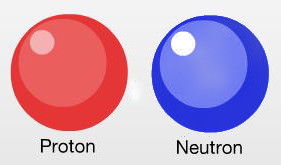
|
The center of an atom, called the “Nucleus”, is comprised
of protons and neutrons. Each is 1 femtometer in size.
(There are 1000 femtometers in a picometer)
|
Quarks
|
 |
There are 6 kinds of Quarks – Up, Down Strange, Charm, Top,
and Bottom. They are the building blocks of protons and
electrons. They range between the size of 1 attometer
(0.001 femtometer) and 100 yoctometers (0.0001 attometer).
In the image above, you see a proton, comprised of two
“Up” and one “Down” quarks.
|
Neutrinos
These subatomic particles are 1 yoctometer l
ong - that’s 0.00000000000000000004 inches). Every
second, 65 billion neutrinos pass through every cubic
centimeter of earth that is in direct sunlight. Neutrinos
cannot be detected directly, and are only found by
using high-energy underground detectors.
|
Quantum foam
|

|
Also known as the “Fabric of Space and Time”. This
hypothesized “foam”, the building block of the universe,
is said to be as small as 0.00000000001 yoctometers.
|
Want to try an interactive trip from the atomic level to the universal level?
|

































